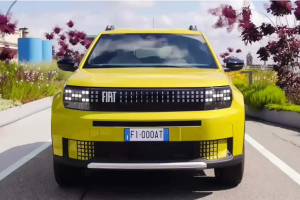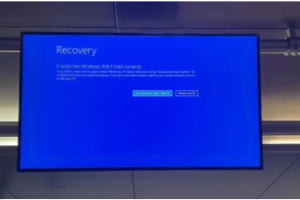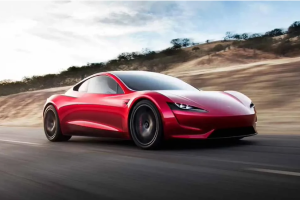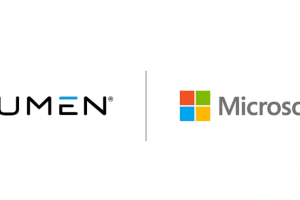Microsoft’s research team is exploring new ways to advance the field of artificial intelligence and empower chatbots to control robots beyond the limitations of computers. In their latest blog post, Microsoft described an experiment in which a chatbot named ChatGPT was able to control a robot to perform real-world tasks.
According to the description, the experiment involved giving ChatGPT instructions through a dialogue box to control the robot to find a “healthy drink,” something with “sugar and a red label” (which turned out to be a can of Coke), and a mirror for a drone selfie.

The researchers hope that one day, regular people could give simple commands to digital home assistants embedded in household robots, and watch the robots carry out their tasks from start to finish.
The goal of this research is to see if ChatGPT can go beyond generating text and reason about real-world situations to help robots complete tasks. The reason why ChatGPT is well-suited for executing these commands is that chatbots can quickly translate natural language into code.
This is an exciting research area that could lead to more natural and convenient human-robot interactions, and could help overcome the challenges and limitations of intelligent robots in practical applications. ChatGPT, a large-scale language model built on deep learning technology, can generate coherent and meaningful language expressions based on context. Applying ChatGPT to robot control tasks can fully leverage its advantages in natural language processing and increase the intelligence of robots.
Of course, there are still many technical challenges to be addressed to enable ChatGPT to truly control robots and complete complex tasks. These challenges include semantic understanding, planning and reasoning, environmental perception, robot control, and other areas. However, as artificial intelligence and robotics technologies continue to advance, we believe that this field will receive more attention, and there will be more breakthroughs and applications in the future.












